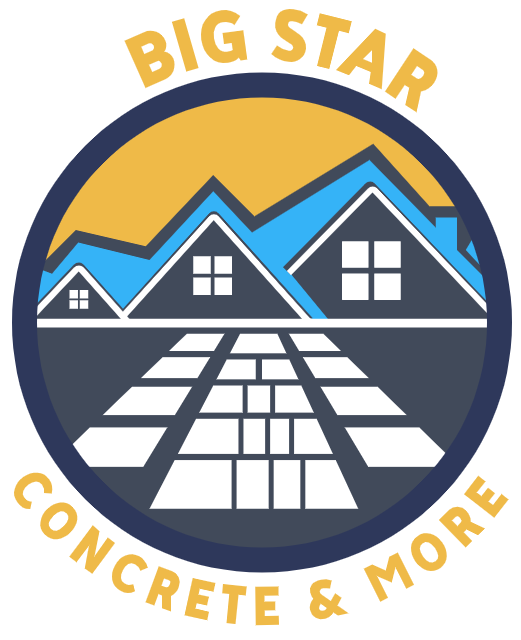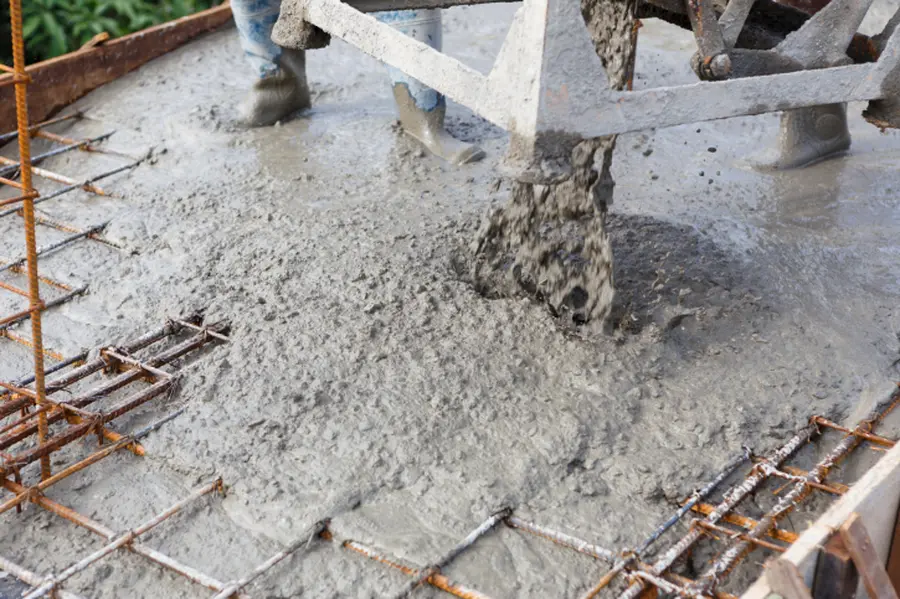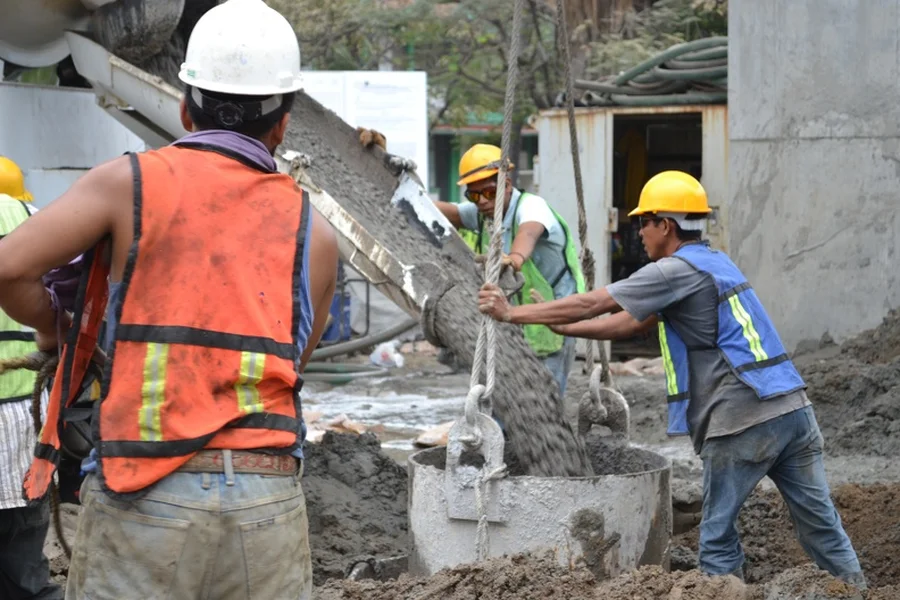Key Techniques for Achieving Long-Lasting Results
Ensuring the proper curing of concrete is essential for achieving a durable surface. When concrete dries too quickly or unevenly, it can lead to cracking and other structural issues. Understanding the right methods of curing can save time and prevent future problems. Whether you’re working on a driveway, patio, or another surface, knowing how to cure concrete properly will ensure its longevity and performance.
The Importance of Proper Moisture Levels
Curing concrete involves maintaining adequate moisture levels after the initial setting process. This step ensures that the cement continues to hydrate, which strengthens the surface. Failure to maintain these moisture levels can result in weaker concrete prone to damage. Proper curing helps achieve maximum durability and reduces the likelihood of repairs.
Effective Methods for Maintaining Moisture
There are several techniques to maintain the correct moisture levels during the curing process. One common method is covering the concrete with wet burlap or plastic sheeting. Additionally, applying a curing compound can help retain moisture within the concrete. During concrete installation, always ensure moisture retention methods are in place from day one.
The Role of Temperature Control in Curing
Temperature plays a crucial role in the curing process. Ideally, concrete should be cured at temperatures between 50°F and 90°F. If temperatures drop below this range, hydration slows down significantly, affecting strength development. Conversely, extreme heat can cause rapid drying. In both scenarios, using insulation blankets or tents can help regulate temperature during concrete installation.
Common Mistakes to Avoid
Avoiding common mistakes in the curing process is vital for ensuring a strong surface. Common errors include neglecting to cover freshly laid concrete, failing to keep surfaces damp, and overlooking temperature variations. Each of these missteps can compromise the structural integrity of your project.
Best Practices for Successful Curing
To achieve optimal results, adhere to these best practices:
- Monitor weather conditions before starting your project
- Use curing compounds suited to your specific environment
- Ensure consistent moisture application throughout the curing period
- Protect your work site from winds that can dry out surfaces prematurely
Understanding Industry Standards and Compliance
Certain industry standards must be met when curing concrete. Organizations such as the American Concrete Institute (ACI) provide guidelines that dictate acceptable curing practices. Adhering to these standards ensures that your project meets safety and quality requirements while maximizing durability.
Evaluating Cost Considerations
Proper curing may involve upfront costs such as purchasing appropriate materials and tools for moisture maintenance. However, investing in quality materials and expert guidance pays off by reducing repair costs down the line. Consider these expenses as part of your project’s total value proposition.
Your Path to Durable Concrete Surfaces
If you are ready to start your next project, understanding these steps is key. By following industry standards and avoiding common pitfalls, you can ensure a long-lasting concrete surface. Located in Sevierville, TN, I offer support and expertise tailored to your needs. Call me at (865) 204-2906 today to learn more about my services with Big Star Concrete And More.


